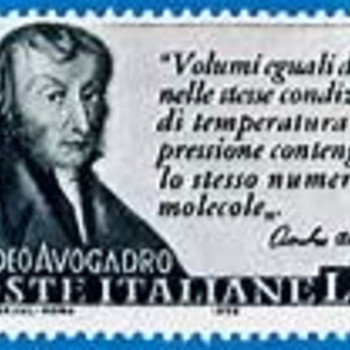How do you find the oxidation number of the central atom?
1 Answer
Explanation:
Oxidation number is the charge left on the central atom when all the bonding pairs of electrons are removed, with the charge (the electrons) assigned to the MOST electronegative atom.
So clearly we need an example. Let's take
Given that the sum of the oxidation numbers, of
There should be many other examples of oxidation numbers and redox reactions on these boards. Of course, you have to find them. Here is a start.

